Inside Singapore’s huge bet on vertical farming
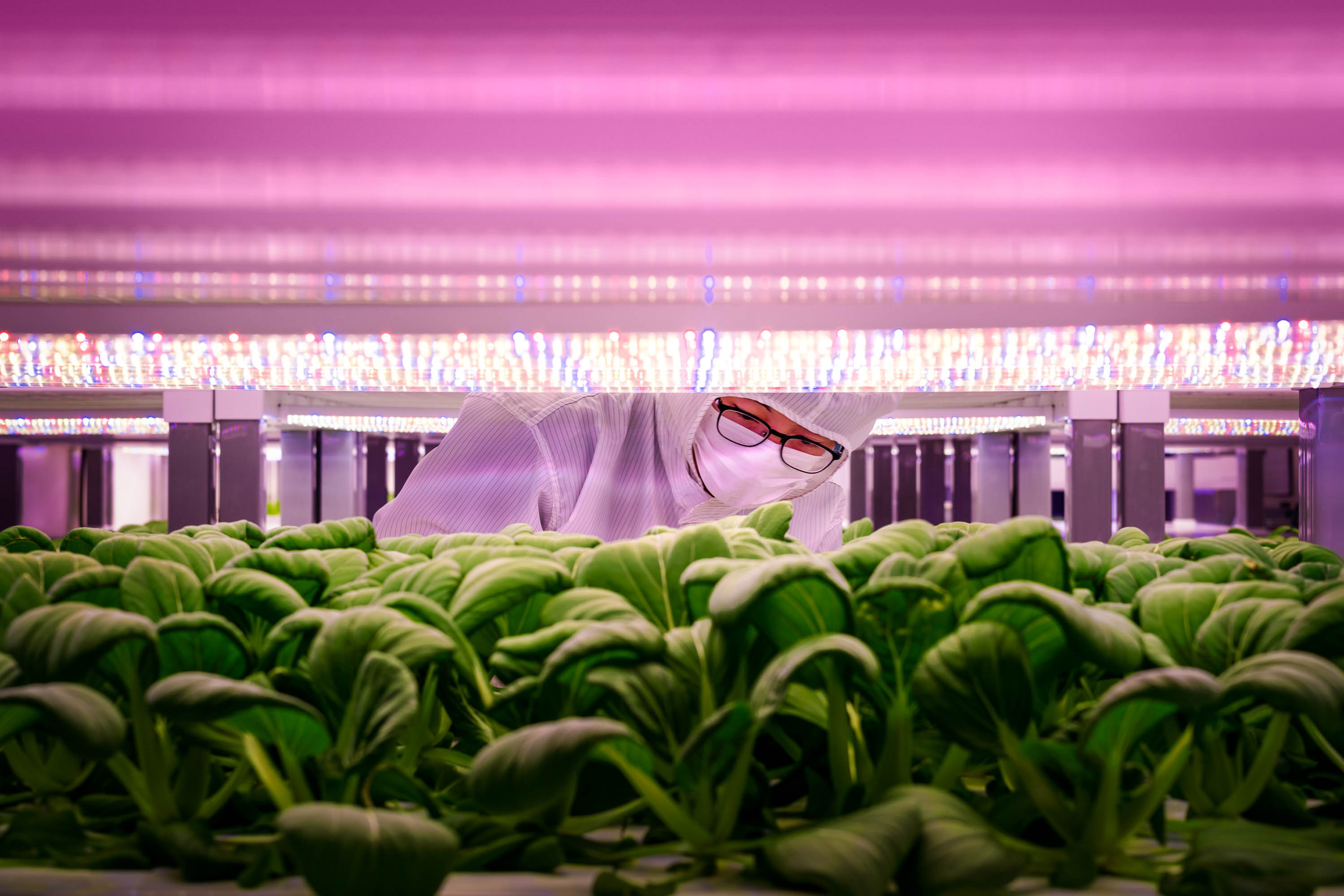
From the outside, VertiVegies looked like a handful of grubby shipping containers put side by side and drilled together. A couple of meters in height, they were propped up on a patch of concrete in one of Singapore’s nondescript suburbs. But once he was inside, Ankesh Shahra saw potential. Huge potential.
Shahra, who wears his dark hair floppy and his expensive-looking shirts with their top button casually undone, had a lot of experience in the food industry. His grandfather had founded the Ruchi Group, a corporate powerhouse in India with offshoots in steel, real estate, and agriculture; his father had started Ruchi Soya, a $3 billion oilseed processor that had been Shahra’s training ground.
By the time Shahra was introduced to VertiVegies founder Veera Sekaran at a friend’s party in 2017, he was hungry to make his own entrepreneurial mark. A previous attempt had involved sourcing organic food from around Asia: “an eye-opening experience, one with a lot of pressure,” he says. It helped him spot a problem that needed solving.
“I’d seen how much dependency farmers have globally on weather,” he says. “Yields were hugely erratic: there are so many inconsistencies and dependencies that it’s a hugely difficult profession for the bulk of farmers. The perishable supply chain was so broken.”
And what Shahra saw when he stepped into Sekaran’s repurposed shipping containers was a solution.
Inside, mismatched plastic trays sat carefully stacked on industrial metal shelves, stretching all the way from the concrete floor to the corrugated-steel ceiling. In each tray were small green plants of different species and sizes, all with their roots bathed in the same watery solution, their leaves curling up toward the same pink glow of faintly humming LED bar lights above.
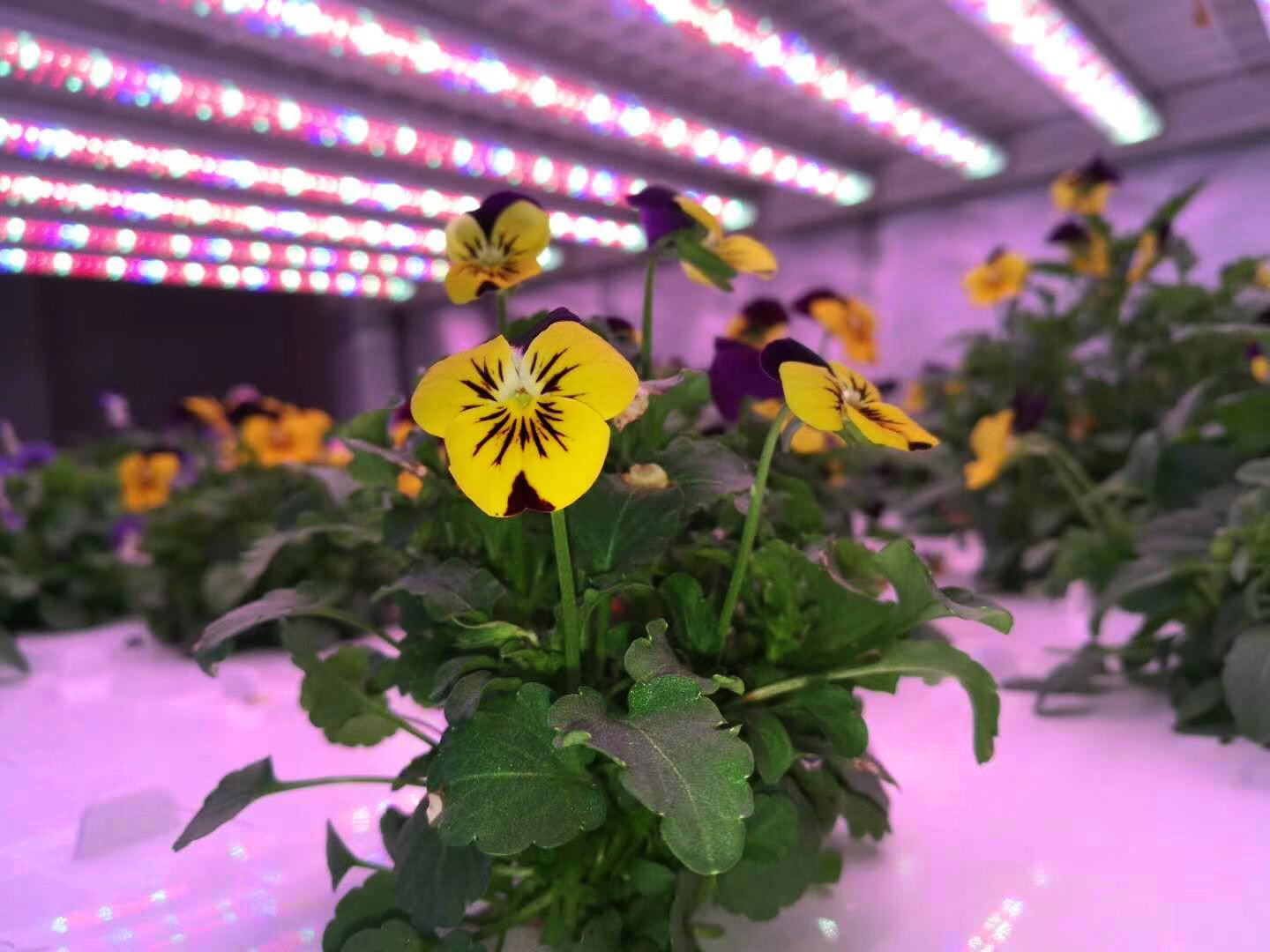
With VertiVegies, Sekaran was farming vertically: growing vegetables indoors, with towers of crops stacked one on the other instead of in wide, sprawling fields, and in hydroponic solution instead of soil. He was growing food without exposure to weather or seasons, using techniques pioneered by others, in a country that was badly in need of a new way to meet its food needs.
Singapore is the third most densely populated country in the world, known for its tightly packed high-rises. But to cram all those gleaming towers and nearly 6 million people into a land mass half the size of Los Angeles, it has sacrificed many things, including food production. Farms make up no more than 1% of its total land (in the United States it’s 40%), forcing the small city-state to shell out around $10 billion each year importing 90% of its food.
Here was an example of technology that could change all that.
Sekaran came from a world very different from Shahra’s. The fifth of nine children, he had lost his father at five years old and grew up poor. So little money did the family have that Sekaran would show up to school in an oversized uniform, clutching his textbooks in a paper bag. But he climbed out of poverty, paying his own way through university and never losing his irrepressible passion for living things. By the time the pair met, Sekaran had qualified as a botanist and worked in the Seychelles, Pakistan, and Morocco before returning home. In almost every media interview or biography he is referred to, almost reverently, as a “plant whisperer.”
“We were two different personalities for sure,” says Shahra with a chuckle. But in VertiVegies, Sekaran had created the prototype for a vision both men shared.
“It was intriguing,” Shahra says. “On paper, indoor farming solves all sorts of problems. But for me it was about: How do we make a sustainable business model out of it? You’re not going to solve food security with five or 10 containers.”
He spent six months in discussion with Sekaran, and months more visiting urban-farm specialists across the region, learning every single thing he could. “All of 2017 was spent going through the systems, the technology, and just not being able to wrap my head around how to scale it,” he says.
The solution, when it came, felt surprisingly serendipitous.
Trouble at home
It’s taken decades for Singapore to wake up and realize that—as far as food goes—it is one of the most vulnerable countries in the world.
This risk simply hadn’t occurred to authorities back in the 1970s, when they ripped up the crops of tapioca, sweet potatoes, and vegetables flourishing across more than 15,000 hectares of the country’s land and replaced them with high-rise office buildings and condos. The focus back then was finance, telecoms, and electronics, not food.
But while this strategy successfully swelled Singapore’s economy (it’s now the fourth richest country in the world, per capita), it left the country with only 600 hectares of farmland. Food manufacturing is now worth just S$4.3 billion, or 1% of GDP, compared with just over 5% in the US.
The precariousness of this situation hit home in 2008, when—a few months before the global financial crisis took hold—the world suffered a spike in food prices. Bad weather, rising fuel costs, and population growth had converged to send the cost of food commodities soaring. There were riots and widespread political unrest.
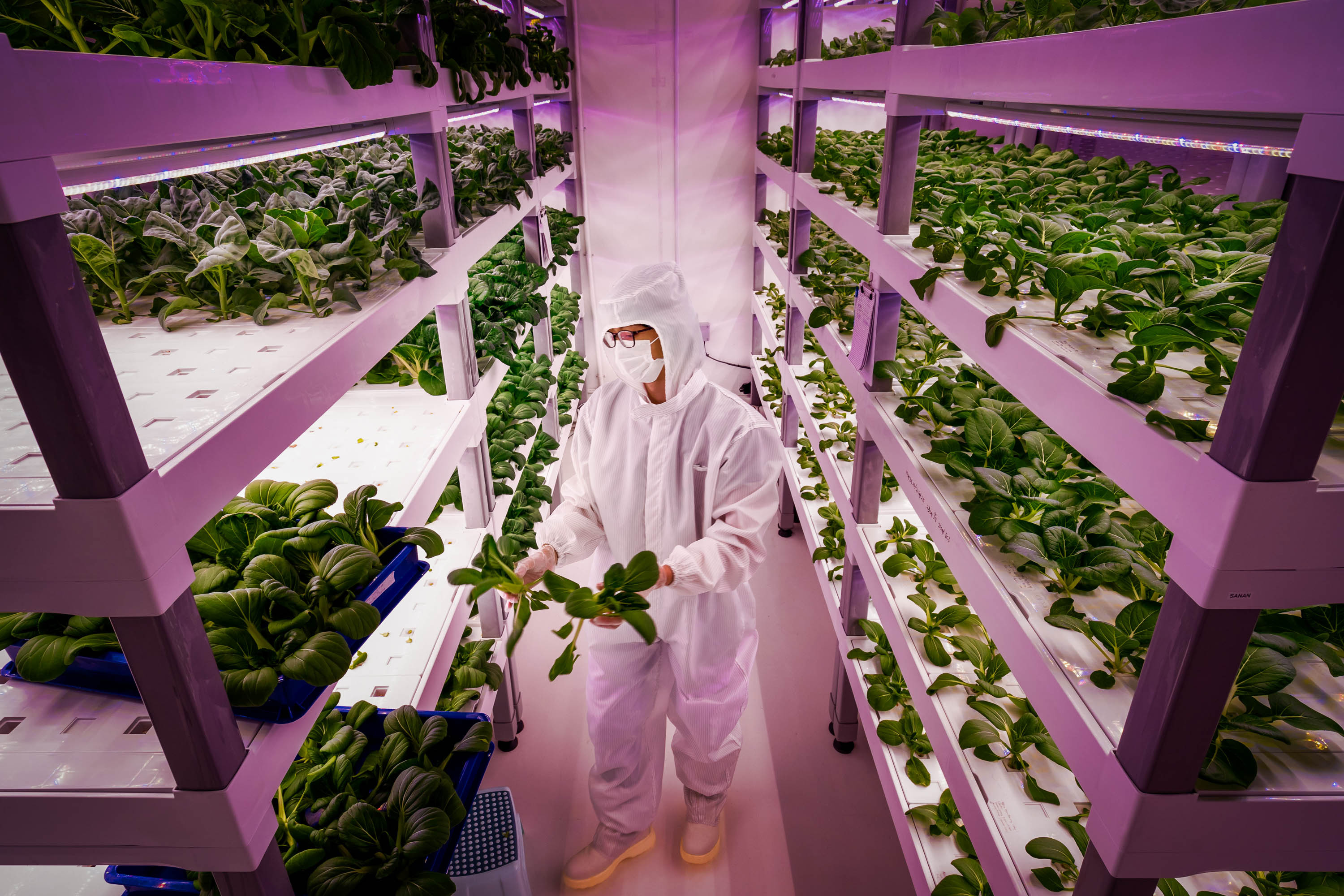
Without production of its own, Singapore saw its food supplies take a big hit. Imported raw food rose 55% in price in 12 months, and commodities such as rice, grain, and maize as much as 31%. The state was forced to absorb hikes in the costs of basics like cooking oil, bread, and milk—something made even tougher by the fact that China, from which Singapore imports around $600 million worth of food each year, had experienced its worst winter weather in 50 years, destroying crops and further pushing up regional food prices from late 2007 to mid-2008.
Delivering the bad news to parliament in February 2008, the finance minister, Tharman Shanmugaratnam, warned that “the factors … which have led to these food price increases are not expected to go away soon.” Singapore needed to act.
The government’s policy is to produce enough food to supply 30% of its own nutritional needs by 2030, up from just 10% now.
Since then, food security has raced up the agenda. Now the government’s stated policy is that it wants to produce enough food to supply 30% of its own nutritional needs by 2030, up from just 10% now. To get there, it says, Singapore will need to grow 50% of all fruits and vegetables consumed domestically, 25% of all proteins, and 25% of all staples, such as brown rice. The commitment effectively aims to triple production by volume in the next 10 years. And since the country is short of land, it has pinned its hopes on technology. This year alone Singapore’s government has set aside S$55 million (US$40million) to fund agritech projects. Scouting teams have been bundled off on food security fact-finding missions, and sprawling agritech parks have been built.
For Shahra and Sekaran, the turning point came in August 2017, when authorities started making plots of farmland available to any company using tech or innovation to boost food security.
The 10 government-owned plots, each around two hectares in size, are all in Lim Chu Kang—a patch of green north of the city, where fruit trees, dairy farms, and organic vegetable operations provide a small supply of local produce. Startups that could convince the authorities their plan had legs would be sold the land at a fraction of its market value.
Finally, Shahra had a way to scale up VertiVegies. “It would take away our biggest hurdle,” he says of the announcement. “It would unlock the ability to expand.”
They hurriedly pulled together a proposal using all the information they’d gathered in the previous months. By February 2018 they were successful, and by June they’d taken possession of a S$300,000 plot and laid out their vision.
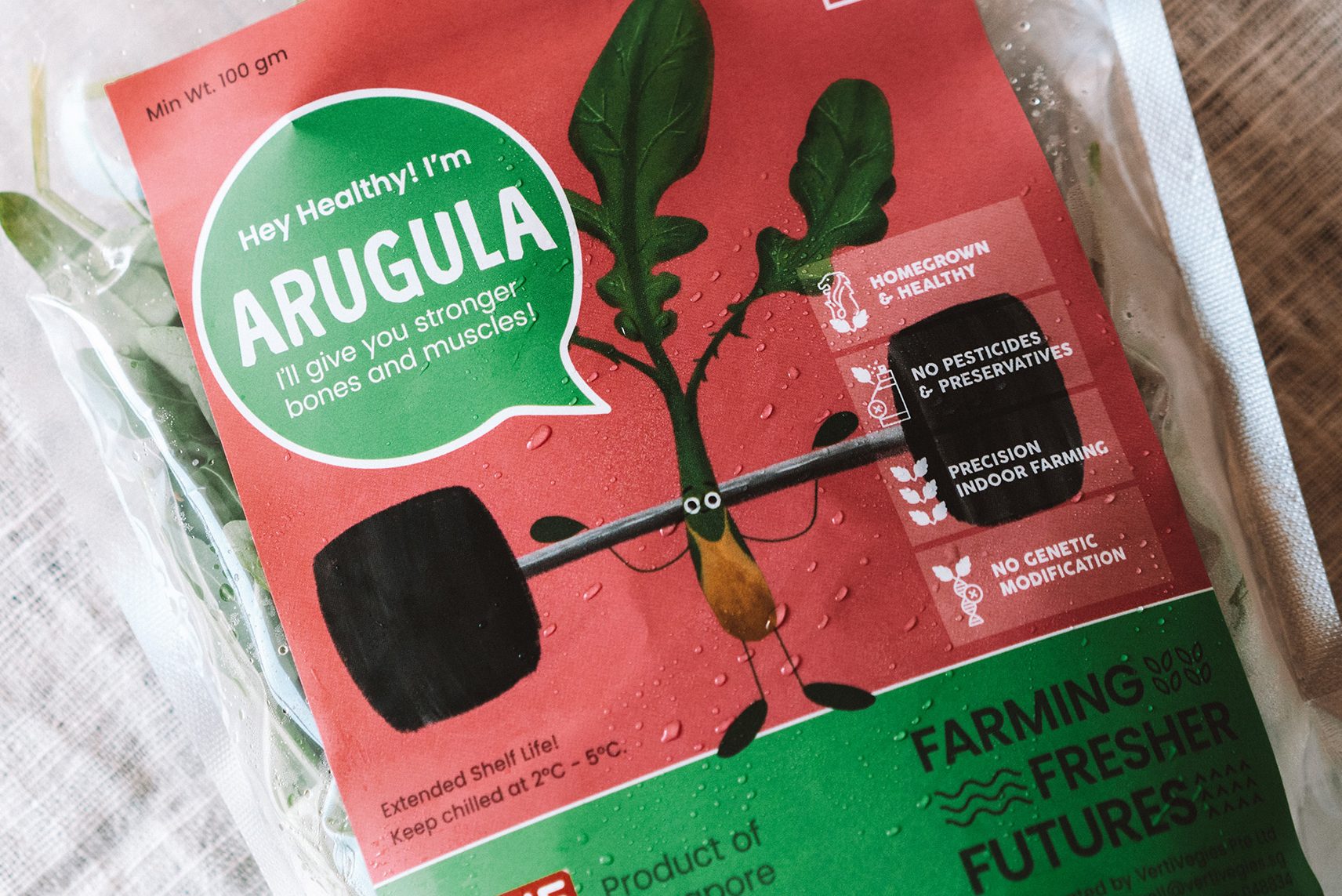
Once completed, the new farm will be Singapore’s biggest: the warehouse will stretch 20,000 square meters (roughly the size of three soccer fields) and, once at full capacity, produce six metric tons of leafy greens, microgreens, and herbs each day, to supply restaurants, retailers, and hotels. Not only will the plants grow up to 25% faster than those in a conventional outdoor field if all goes to plan, but with no soil and with a farming stack up to two meters high, they will require around a fifth as much room to grow as conventional crops. If it can meet its production targets, it will singlehandedly boost Singapore’s vegetable production by 10%.
But it isn’t scale alone that separates VertiVegies from the competition. Only six months after securing the plot of land, Shahra also signed a deal with SananBio. The Chinese company is arguably the world’s biggest provider of vertical farming technology, operating vast indoor farms of its own in China, which committed in 2017 to investing $1 billion in scaling the technology. “The amount of R&D SananBio has invested in indoor farming solutions, we could never do. They were several years ahead of all the other companies I visited,” says Shahra. But thanks to the joint venture signed in August 2018, his team has access to not only SananBio’s physical growing systems, but its years of data on how to grow better and faster.
The covid-19 pandemic has put plans for the main growing operation on hold, with focus temporarily switching to a smaller alternative that will be faster to build and easier to set up: it aims to produce 700 to 800 kilograms of vegetables per day. And in doing so, it will demonstrate a future for high-tech indoor farms in which the technology can finally be used to make a meaningful contribution to mainstream production.
A global problem
Food security is a pressing issue in Singapore, but it’s a growing concern almost everywhere else too.
The world’s population is set to swell by a quarter by 2050, to 9.7 billion, creating an urgent need for more food. Estimates of exactly how much more vary from 25% to 70%, but nobody disputes that we’ll need more of everything: more grains, more meat, and far more fresh vegetables. Already the high cost of producing and distributing food is worsening global malnutrition: 690 million people were left without enough to eat in 2019, up 10 million from 2018. Failure to increase production will tip millions more into chronic hunger.
Conventional outdoor food production is unlikely to meet this demand, especially with outdoor crops already feeling the impact of climate change. In 2019 alone, weather problems exacerbated by global warming hit the food system with a string of disasters: a heat wave hit farms in the US Midwest, severe cyclones destroyed corn output in sub-Saharan Africa, India battled relentless drought, and farmers on the banks of Asia’s Mekong River watched helplessly as rising water washed away livestock.
Urbanization only makes this harder, cutting the amount of farmland available and putting more people in closer proximity to each other. The United Nations says that by 2050, 68% of the world will live in densely populated urban areas—up from 55% today. That will make them more reliant on imports and vulnerable to even small shocks to the market, or disruptions to supply.
The pandemic has already provided a bitter first look at what that could mean. In Kenya’s urban slums, people were literally fighting each other for food as covid-19 spread and the disruption cut off regular supply routes into Nairobi, says Esther Ngumbi, an assistant professor of entomology at the University of Illinois and the founder of Oyeska Greens, an agricultural startup in Kenya that aims to empower local farms. It’s “extremely urgent” that we find alternatives for bringing production closer to demand, she told me.
Of all the available options, high-output urban farms are our best bet, argues Dickson Despommier, an emeritus professor of microbiology and public health at Columbia University, and one of the founding fathers of vertical farming. “When the climate changes to disallow farming as we know it, we will have to look to other agricultural strategies for obtaining our food,” he says. “Indoor agriculture is an excellent option, and vertical farming is the most efficient indoor method for producing lots of food in a small architectural footprint.”
Unlike the startups growing shrimp from stem cells or harvesting protein from black soldier flies, these indoor farms are already up and running almost everywhere. In the US and Europe, a growing number of high-tech farm operators champion themselves as a green alternative to conventional farms, selling bags of microgreens or kale to affluent consumers for up to 200% more than standard greens. The premium price is justified with the promise of pesticide-free, nutrient-packed produce.
In developing countries, meanwhile, systems have been tweaked to accommodate unreliable electricity supplies and small budgets. According to the Swedish International Agriculture Network Initiative, around 35% of food in the Ugandan capital, Kampala, now comes from small urban farms, including vertical installations where vegetables are stacked in low-cost bags that protect plants from harmful UV rays. Advocates say they increase production by up to six times per square meter over conventional farming.
But no region has taken this technology and run with it quite the way Asia has.
From Shanghai to Seoul, Tokyo to Singapore, Asia’s muggy, rapidly rising metropolises have been among the first in the world to embrace indoor farms at scale. By 2010, Japan had more indoor plant factories than the US managed by 2016, and there are now around 450 commercial indoor farms up and running across Asia.
There are good reasons for this, according to Per Pinstrup-Andersen, a Danish economist and professor emeritus at Cornell University. As in Africa, many countries in Asia need to feed a growing urban middle class.
But unlike their African counterparts, many Asian countries also have the money to invest in technology as a solution—and nowhere more so than in Singapore.
Full Stack
Darren Tan has had a front-row seat from which to watch as high-tech farms have become a central piece of the plan to boost food production in Singapore. He works as outreach coordinator at ComCrop, one of Singapore’s best-known urban-farm operators, which moved into a new 8,000-square-foot (740-square-meter) greenhouse in 2018. In an industrial glass shed on the rooftop of a former parking garage, Singapore’s relentless sun streams through the windows onto a sea of leafy greens, lettuce, and Italian basil.
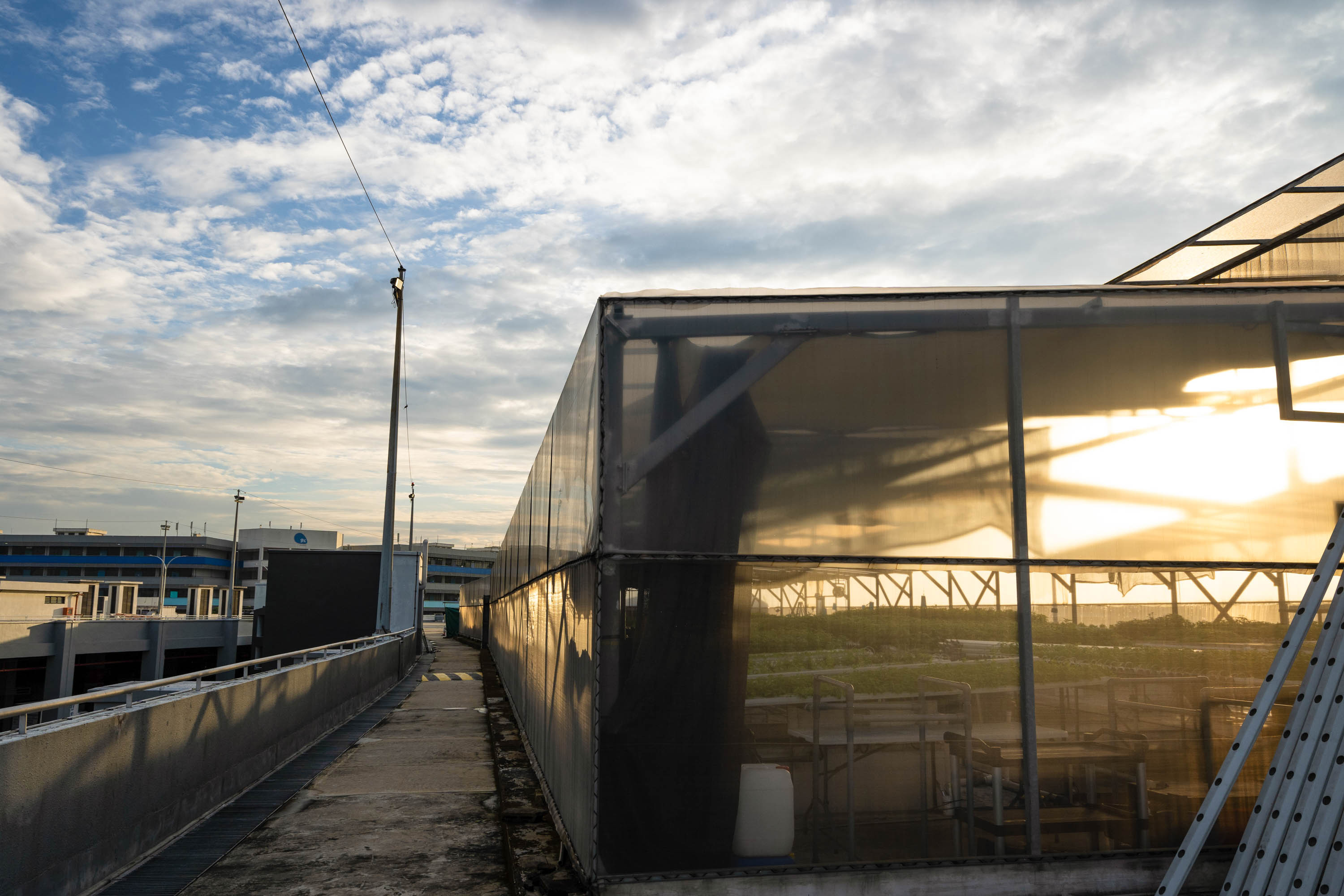
Though ComCrop doesn’t grow “up,” it has still spent the last 10 years honing many of the same techniques on which traditional vertical farms rely. Tan, who is tall and slim, talks at length about the use of hydroponics—replacing soil with a water-based solution in which sensors test electrical conductivity and painstakingly gauge the ratios between specific nutrients.
Even a simple hydroponics system can double the yield of conventional farming, he says—“and if we were to fully optimize everything and scale up, making use of every single piece of land, then we could add more multipliers to that.” It’s this productivity in a small space that makes urban farms so appealing. “The only constraint we have is the availability of light,” he says.
The situation is different for vertical farms, which use LED lamps because each row of plants blocks sunlight to the one below. But indoor operations turn this into an advantage: protected from the elements, they are designed to accelerate photosynthesis with endless artificial light.
In fact, Paul Teng, a professor at Singapore’s Nanyang Technological University, estimates that indoor plant factories alone—the type that VertiVegies is building—could take the country from producing 13% of its leafy vegetables domestically to 30% in 10 years, churning out an additional 18,700 metric tons per year.
The aim of all this isn’t for Singapore to lose its outward-looking ethos, says Tan—“But it’s important that on top of being able to import food from overseas, there is at least some local buffer that we could turn to in a crisis, or in the rare event that there are supply-chain disruptions.”
Even though VertiVegies is among those making vertical farming a reality, there are plenty of skeptics. Most of them focus on the astronomical costs involved.
Urban farms may use less land than those outdoors, but that land is far more expensive. One 2017 study in Australia estimated that a square meter of arable land in central Melbourne would cost US$3,491, compared with US$0.40 in rural areas. The price difference can mean that even at its most compressed, vertical farming does not save much on one of farming’s major capital expenses.
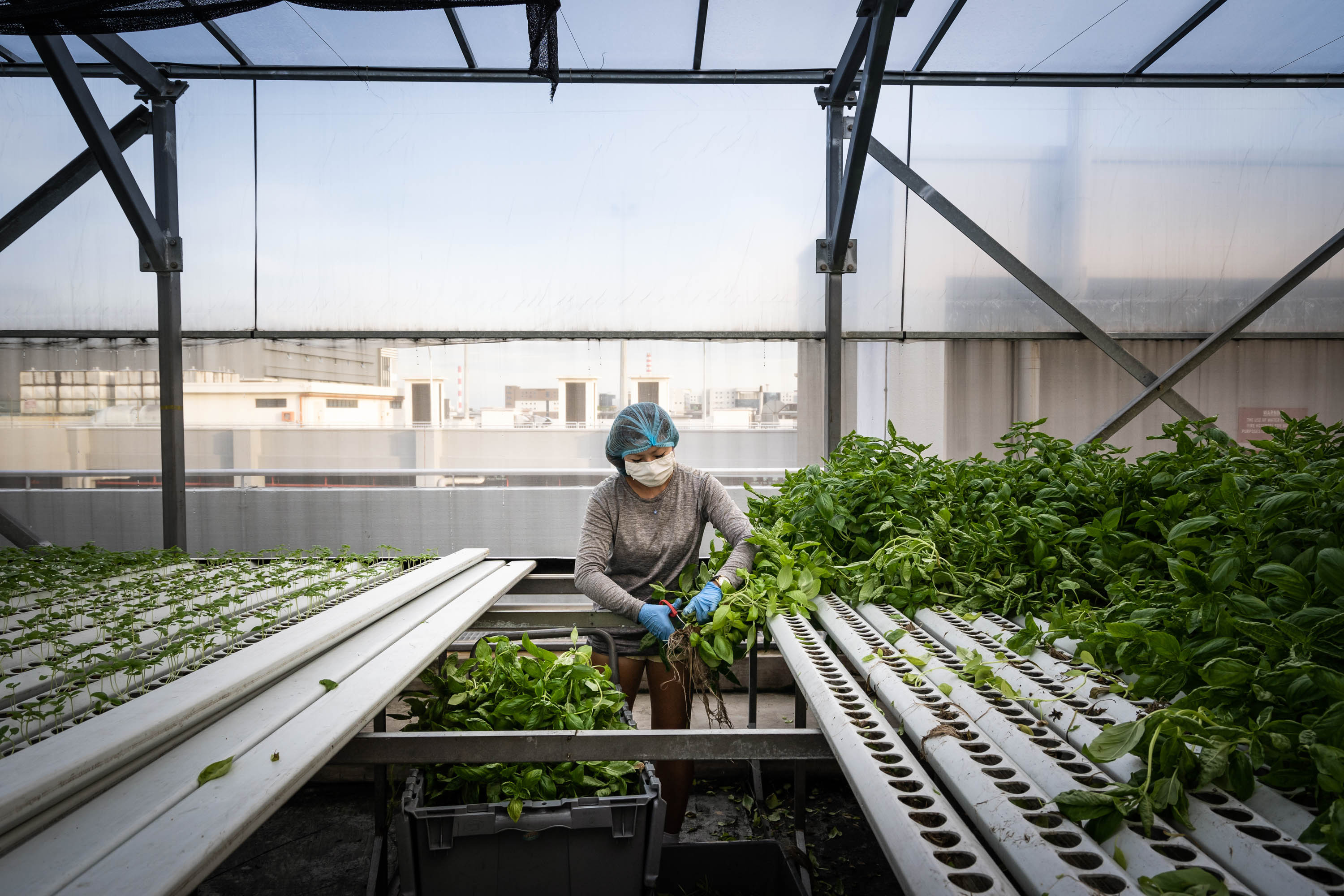
Another ongoing problem is the cost of photosynthesis. While traditional farms benefit from free energy in the form of sunlight, one of the biggest expenditures for indoor farms is the 24/7 stream of artificial light. VertiVegies’s new farm will need 720 LED light tubes per 100 square meters of growing space, for example. The energy required can be prohibitive: one notorious analysis in 2014 estimated that a loaf of bread produced using standard indoor techniques would cost $23.
But, though oft cited, that analysis is also dated. In the six years since those calculations were made, not only has the cost of an average 60-watt LED bulb fallen (it’s about 80% cheaper than it was 10 years ago), but the energy efficiency of LEDs has improved dramatically. From 2005 to 2017, efficiency increased from 25 lumens per watt to 160. An LED streetlight now lasts about 60,000 hours.
One of the biggest expenditures for indoor farms is the 24/7 stream of artificial light. But the cost and efficiency of LED bulbs has improved dramatically in the last few years.
Which isn’t to say indoor vertical farms don’t come with high startup and running costs. “If you look at the capital expenditure involved in starting an indoor vertical farm, it’s very high,” says Teng. “And to recover the investment costs and the direct running costs, operators need to charge 10% to 15% higher than, say, vegetables that come from Malaysia and China.” Many charge far more.
Shahra feels that tension. While he and his small team wait for their new farm, they produce up to 250 kilograms of vegetables per week from a 140-square-meter pilot site in the city. Shahra spends days meeting with local retailers and restaurants to convince them it’s worth shelling out more on indoor-grown greens. He’s the first to admit this is both expensive and experimental.
“At the end of the day, farming is still farming,” he says. “It might be in an air-conditioned room, but it’s repetitive; it’s hard work; it’s iterative. You can put all the bells and whistles on it, but at the end of the day you’re still growing a plant.”
Getting the price down requires scale. Achieving scale requires mainstream appeal. That’s the chicken-and-egg situation that has left indoor farms in a bind the world over until now, Teng points out. But in 2020 we’ve reached a tipping point, Pinstrup-Andersen believes.
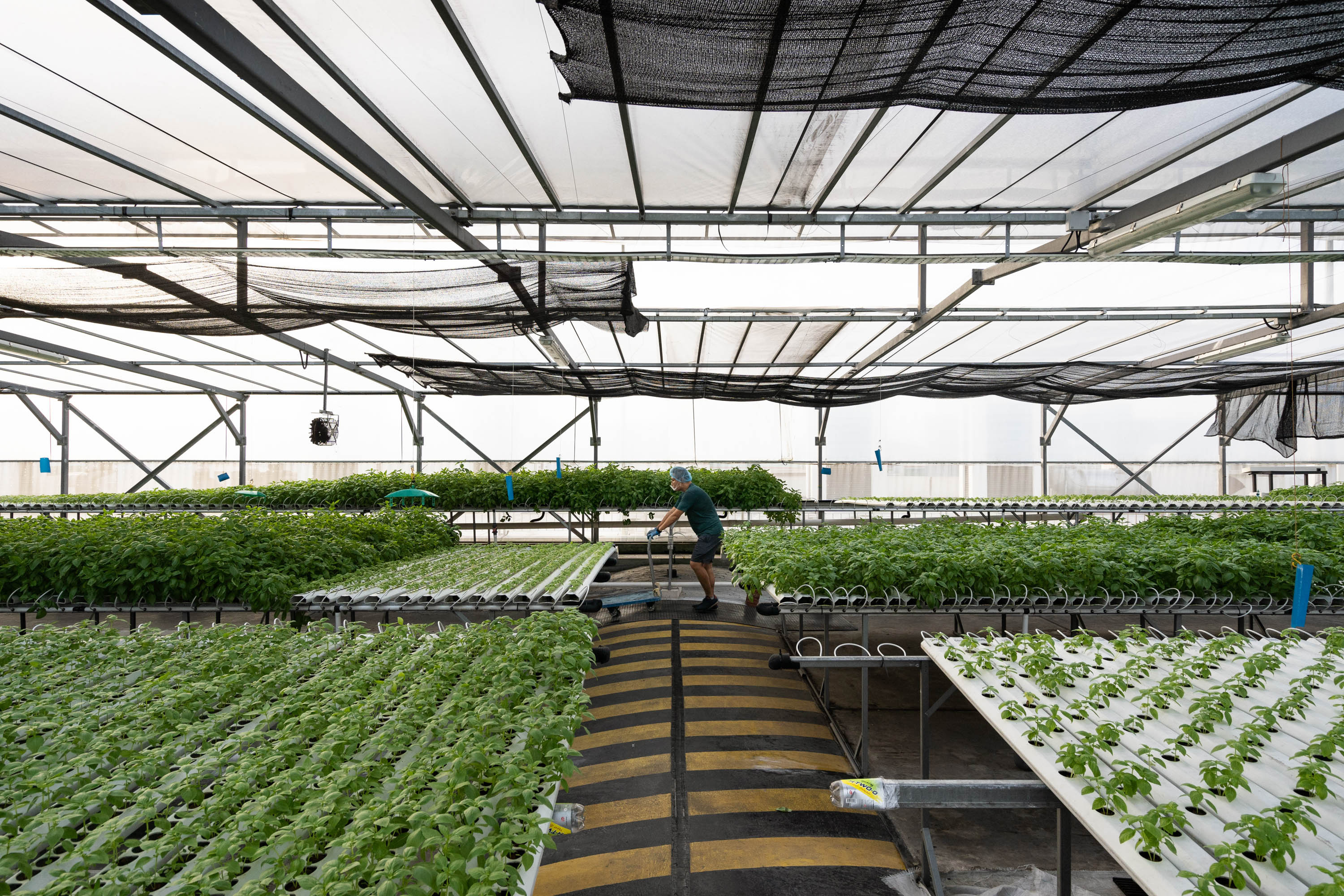
“Ten years ago, indoor farming was a pipe dream,” he says. “But right now, because of the efficiency in LED lighting and better management practices, it is very close to being economically competitive with greenhouses and open-field production of vegetables ... It just needs a kick in the rear.”
Covid Crisis
In April, the pandemic delivered that kick. Just as Shahra was preparing to build the farm—Sekaran left the company earlier this year—Singaporean officials discovered a cluster of covid-19 cases in one of the country’s cramped worker dormitories.
The scenes that unfolded echoed much of what happened around the rest of the world: instructions to stay home were followed by long supermarket queues, fearful stockpiling, and scattered food shortages. At conventional farms there were reports of people turning up and pulling produce out of the ground. Almost overnight, Singapore’s perilous food supply became one of the most visible consequences of an otherwise invisible crisis.
Now Shahra had everyone’s undivided attention. “Food security has suddenly become very personal to everyone,” he says. “Last year if I’d gone out and talked about it, [the reaction] was completely different. Now it’s real; it’s here.”
Teng agrees. “Covid-19 has done a lot more good to create awareness of food security than all the papers I and my colleagues have written in the last few years,” he says ruefully. “It has created so much awareness among Singaporeans that hey, we’re one of the most vulnerable countries in the world.”
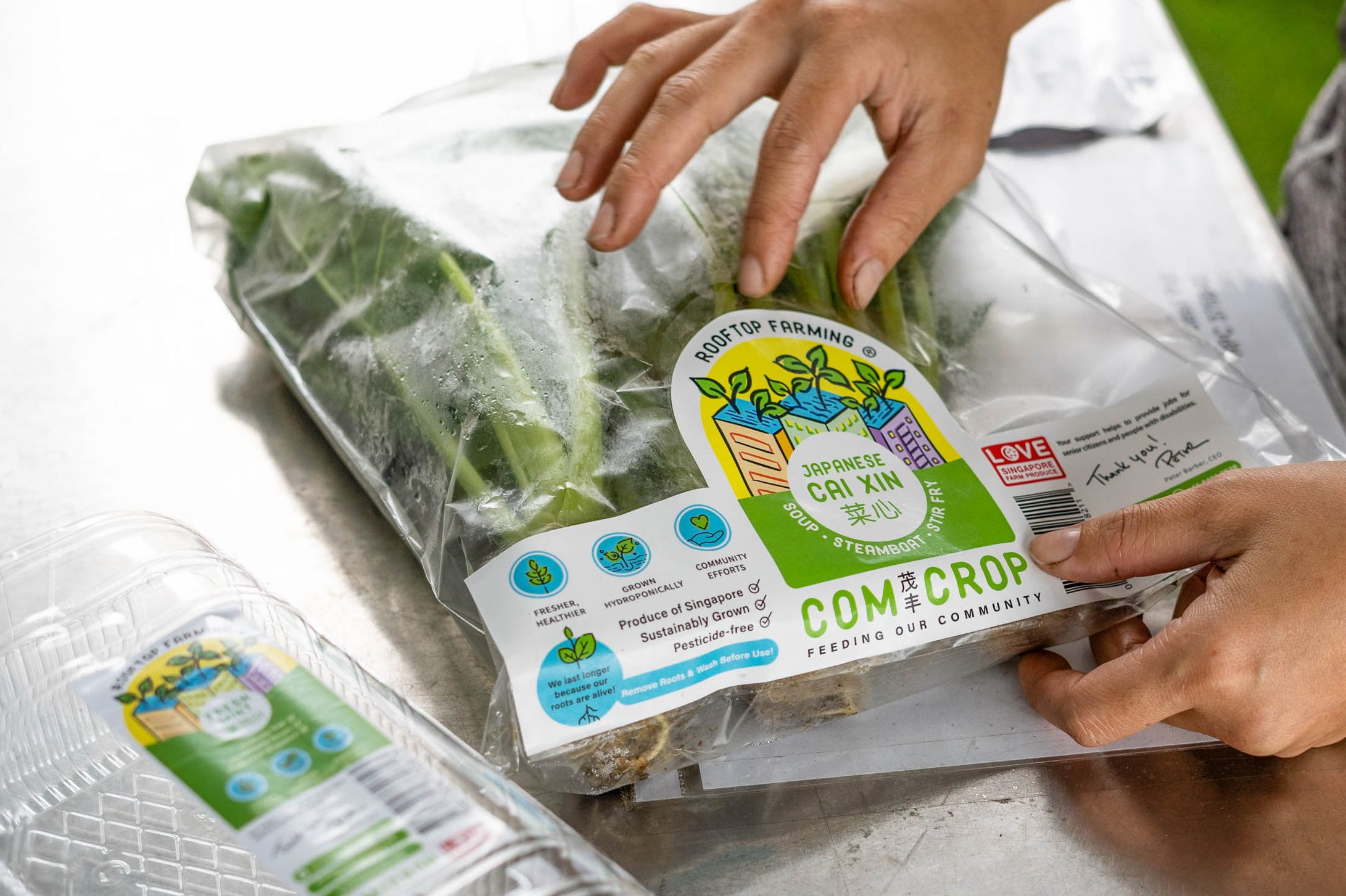
It lit a fire under officials, too. Only two days after introducing a partial lockdown, the government committed to an express grant of S$30 million for projects designed to boost local supplies of eggs, vegetables, and fish. This has helped fund the new VertiVegies facility.
“There’s conversations going on every day now,” says Shahra. “In the blink of an eye, there’s all this innovation—from 2017, when I first took a look at this and couldn’t have imagined how it was possible, to now, where there’s this huge positive movement.
“And when so many people are working toward a common agenda, then something good generally happens.”
Deep Dive
Climate change and energy
The problem with plug-in hybrids? Their drivers.
Plug-in hybrids are often sold as a transition to EVs, but new data from Europe shows we’re still underestimating the emissions they produce.
Harvard has halted its long-planned atmospheric geoengineering experiment
The decision follows years of controversy and the departure of one of the program’s key researchers.
Why hydrogen is losing the race to power cleaner cars
Batteries are dominating zero-emissions vehicles, and the fuel has better uses elsewhere.
Decarbonizing production of energy is a quick win
Clean technologies, including carbon management platforms, enable the global energy industry to play a crucial role in the transition to net zero.
Stay connected
Get the latest updates from
MIT Technology Review
Discover special offers, top stories, upcoming events, and more.